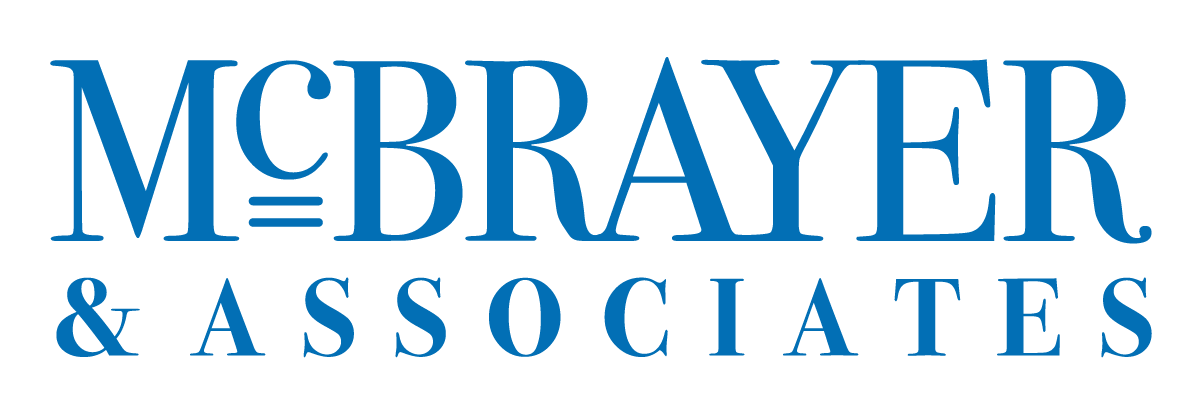4 Discovery Questions to Amplify Buyer Urgency

If the first stage of persuasion is establishing trust and credibility, the second is creating buyer urgency. In this stage, the seller and buyer together learn about the business situation of the buyer’s company, and we do so through relevant, empathetic communication.
The main tool to move buyers from trust to urgency is the discovery question. Professional sellers are to be professional question-askers, and in this post, we’ll illuminate the four kinds of discovery questions that sellers should use.
Communication and Interaction through Questions
In order to have excellent communication, two things must occur: first, the message must be sent; and second, the message must be received. But how do we know if the message was received by the buyer?
If you told the buyer something, we cannot be sure that message was received unless we ask the buyer a question and he answers in a way that demonstrates that he was listening. For example, if we ask in passing, “What’s that sugar substitute packaged in the blue paper?” and the buyer answers Equal—or gives any answer, even if inaccurate—then he was listening. We can tell the message was received because the answer given was relevant.
By sending the message with the power of a question and then receiving a response, we can be assured that the buyer processed the message we sent. When we open a dialogue, which requires participation, our audience is much more intrigued than if they are merely listening to our monologue with no opportunities for input.
Asking the Right Questions
The right question is like mind control in that we can steer the listener into thinking about what we want him or her to think about. This power does not last very long, though, unless the questions are interesting and revealing to the buyer. In other words, we can’t play 100 Questions with the buyer, because then we will lose their interest and their trust.
In fact, the right question can be more powerful than the insightful solution. Why? Because most buyers are not asking themselves the right questions. If they were, then they would already have the best solutions. Most buyers do not realize their biggest threats or opportunities—it is our job as the seller to help them discover these. We need to help them uncover not only their threats and opportunities, but we also need to help them discover that they cannot see the situation clearly from inside of it: they need us as a think-partner.
We need to make sure, though, that as a think-partner and brain trust we must ask the right discovery questions—and the right types of discovery questions—at the right times.
4 Types of Discovery Questions to Ask Your Buyer
Each of the following types of questions serves a different purpose and should be utilized during different circumstances. All are useful, but you will see below that there is a spectrum ranging from high-value questions to low-value, self-serving questions. Although all are important, we should use some more sparingly than others.
1. Circumstantial Questions
These questions give us context for having a dialogue, but are self-serving and don’t lead anywhere. It’s okay to ask these types of questions, but most can be answered by doing a little research before we engage with the buyer.
Example Circumstantial Question: How long have you been in the business?
2. Problem/Opportunity Questions
These focus on avoidance or aspiration. They illuminate what the buyer is trying to avoid (a problem) or accomplish (a goal, like improving their profit margin). Good sellers are adept at knowing where to look. When a good seller finds the problem/opportunity, s/he moves immediately to solve it (solution). The great seller does NOT. Instead, s/he moves into Impact and Desired Result questions.
Example Problem/Opportunity Question: What do you think is missing?
3. Impact Questions
These reveal the negative consequences of not fixing the problem or achieving the goal. They do not offer solutions.
Example Impact Question: Does this affect employee morale?
4. Desired Results Questions
These help the buyer identify the benefits of the desired state. It is the opposite of an Impact Question in that it asks what the positive outcomes will be if the buyer is able to fix the problem or achieve the goal.
Example Desired Results Question: Who would that benefit?
Conclusion
By utilizing these four Types of Discovery Questions, we can learn about the impending problems of the buyer’s business as well as continue to build trust and credibility. The most important thing to remember about asking these questions is to lead in the right direction: we are trying to move the buyer from merely building trust with us into a stage of urgency, where it is revealed to the buyer just how important it is that they fix the problems that have been uncovered.
